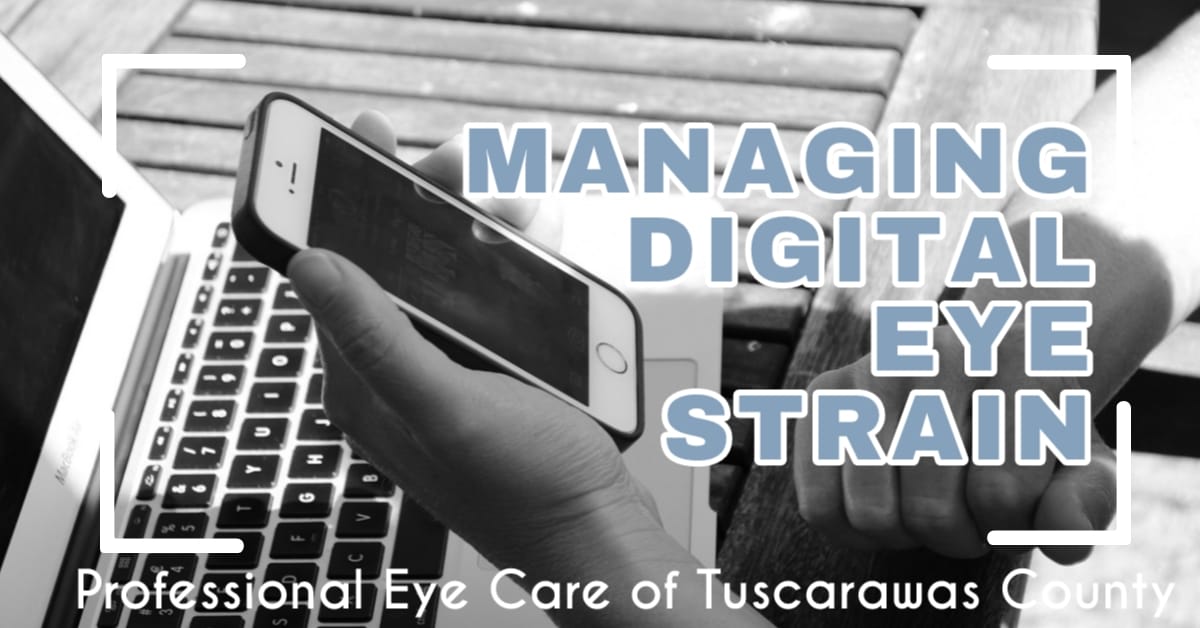 The average American is looking at a screen over 10 hours per day! It’s not just work and school. Over 85% of our free time is spent looking at screens. No wonder many of us experience Digital Eye Strain symptoms including visual disturbances, ocular discomfort, and headaches, in addition to neck, back, wrist and shoulder pain. Every single day we have patients in our office complaining about Digital Eye Strain, so we would like to offer some tips to managing your symptoms. 1. Visit your Optometrist Of course our #1 suggestion is to visit your eye doctor. A plan to address your individual needs is best. Keep in mind that correcting even low levels of refractive error with glasses can improve eye strain. Reading glasses, non-fatigue lenses or bifocals may be recommended, especially if you are over the age of 40. Your doctor can also detect other deficiencies in the way you use your eye muscles and offer additonal treatment options to ease your symptoms. If dry eye is diagnosed, there are several different options for treating eye dryness to explore as well. 2. Prevent Dry Eye: Be Mindful of the Blink. When our eyes dry out, it leads to inflammation which causes discomfort; Burning, redness, a foreign body sensation, grittiness, a general feeling that the eyes are tired, and disruptions to your vision are all symptoms of Dry Eye. Preventing dry eye is very important to reducing Digital Eye Strain. Blinking is important for maintaining moisture on the front surface of the eye. When you blink, your tear glands express tears which are distributed across the eye by the eyelids. The smooth tear film protects your cornea from exposure and ensures clear vision. We know that blink rate is reduced with screen use, and that blinks are more likely to be incomplete or partial blinks. The more difficult the task (e.g. complex gaming) the more pronounced this blink dysfunction becomes. Not only are less tears expressed, but tears will evaporate more quickly as your eyeball is exposed to the air for longer durations. Tear evaporation will be worse with a screen positioned straight ahead, vs in downgaze, due to the wider opening between the eyelids Be mindful of your blinks to increase the frequency of complete blinks (you want to feel your eyelids touch!) and reduce Digital Eye Strain-related Dry Eye. You can also perform blinking eye exercises periodically during screen use. There are several other ways to prevent Dry Eye Syndrome like staying hydrated, using humidifiers indoors, maintaining good eyelid hygiene (e.g. removing your makeup before bed), using special Lid & Lash cleansers to promote tear gland health, and incorporating more foods rich in omega-3 fatty acids in your diet. (Make sure to ask your doctor before using supplements such as fish oils). 3. Treat Dry Eye: If you can Beat it, Treat it! With the amount of screen use going on, it's hard to avoid dry eye altogether, and some of us are at a greater risk due to age, sex, other health issues, etc. Don't stay miserable - Ask your doctor what more you can do! Treatment options for Dry Eye includes supplementing your natural tears with an Artifical Tear. Many of our patients have great intentions and start supplementing with over-the-counter eye drops, but often they are not using a high quality supplement and/or they are not using them enough. Check the labels: We recommend staying away from “redness relievers” and sticking to “eye lubricants" in the active ingredients. Generic brands often use harsher preservatives (like benzalkonium chloride/BAK) that could make symptoms worse. We like lipid-based products that won't drain from the eye too quickly. Dr. Gambs recommends a high quality lipid-based tear supplement several times per day. The goal here is to maintain a level of moisture on the eye that will prevent inflammation. If you use lubricating drops only in the moments when you are having dry eye symptoms, your eyes are already inflamed and the artificial tears will not be as effective as if you use them regularly. Your eye doctor can also prescribe anti-inflammatory eye drops to reduce inflammation, or use Punctual Plugs to keep tears on the eyes longer. We recommend talking with your eye doctor about which treatment could be right for you. 4. Adjust your lighting There are muscles in the eye that react to changing light levels. Generally speaking, to ease the strain on these muscles, you want your screen brightness and room brightness to be similar. A very bright screen in a dark room is going to cause eye fatigue. It is also straining to view a very dim screen in a brightly lit room. Try to keep the brightness of the device equal to your surrounding environment. 5. Reduce Glare Position your screens away from nearby light sources to reduce glare. You definitely don't want your screen facing a window! If you are in the market for a new computer screen, many brands offer a matte finish to reduce glare and are much more comfortable to look at. After-market screen covers can also be added to reduce glare. If you wear glasses, make sure to get an anti-reflective coating added to your lenses. Without this coating, >10% of light will be reflected off of your lenses causing glare. This is reduced to <1% with anti-reflective coatings. Add fruits and veggies containing lutein and zeaxanthin to your diet to improve your eye's natural ability to filter glare and recover from glare exposures. 6. Block the Blue Before Bed Blue light is the highest energy VISIBLE light in the light spectrum. Antidotally, people do report Digital Eye Strain relief from using blue blocking spectacles with their devices. There are several options for blue-light filtering which will block blue light to varying degrees:
Although heavily marketed, the hard evidence behind the idea that blue-blocking lenses aid in Digital Eye Strain leaves much to be desired with results often only showing a placebo effect, therefore we don't usually recommend blue-blockers for Digital Eye Strain. However, what we have learned is that the high energy blue light (which is similar to daylight) emitted from digital screens can reduce your melatonin levels. This will affect your circadian rhythm and make it more difficult for you fall asleep and get a good night’s rest. Your cortisol levels rise, leading to more stress and inflammation in the body, and more fatigue in general. Ideally, you should discontinue screen use an hour or more before bed. If you must use your devices before bed, we recommend blue-blocking spectacles (a true yellow tint would be best), an app on your device that adds a blue light filter to your screen (e.g. "nightime mode", "eye comfort shield" - your screen will tint yellowish), or simply reducing your screen brightness to limit the amount of light exposure and the effects on your circadian rhythm. Blue-blockers have their place, but how much do we need to worry about retinal damage due to our screens emitting high energy light? At this time, the American Academy of Ophthalmology does not recommend any blue blocking eyewear for screen use because, frankly, there just isn't compelling evidence that the amount of high energy light exposure we get from our screens is enough to cause eye damage. In fact, being outdoors on a sunny day dramatically increases your exposure to high energy light (up to 100,000×!) compared to your computer screens. This is why we recommend sunglasses when outdoors to protect your eyes. Your sunglasses should block all UVB and UVA light up to 400nm. The brown and more amber tints will block more of the visible blue light (vs a gray tint which blocks all visible light wavelengths more uniformly). Finally, reduce your high energy light exposure risk in all lighting situations by adding Lutein and Zeaxanthin in the diet. These eye-specific carotenoids will improve your eye's natural ability to neutralize high energy light in the retinal tissue, improve your glare recovery, and slow the progression of macular degeneration. 7. Increase your working distance It is common with handheld devices to slowing bring your phone or tablet closer and closer to your eyes as the duration of use increases. The closer the screen is to your eyes, the harder your focusing muscle has to work. Try pulling the screen away from your face to reduce strain. 8. Limit Multitasking Multitasking often requires you to focus your eyes at many different distances. When you are constantly changing your focus from your computer screen to closer objects like your phone or tablet it is more taxing on your visual system. Limiting this, if possible, can reduce the likelihood of experiencing eye strain. 9. Take Frequent Breaks & Engage in Physical Movement After about 20 minutes, we will start to experience deficits in the ability to focus the lens and pull the eyes in. We will see more difficulty in changing focus. A reduction in blink frequency will cause the eyes to become dry and inflamed. We recommend a break after about 20 minutes of screen use. Going outside, gazing out a window, or looking down a long hallway will relax your focusing muscles. Closing your eyes will also relax your eye muscles, while protecting the cornea from exposure. And don't forget about those blinking exercises! Screen time affects your eyes as well as the rest of your body. Our stationary body positions and the high demands we place on those muscles lead to back, neck, shoulder, and wrist pain, headaches and more. Physically moving your body is a great way to give your eyes and body a break from screens. Take a walk, do some jumping jacks or stretches. 10. A Healthy Diet with Fruits & Vegetables Incorporating more foods with the following nutritional content will aid in Digital Eye Strain Symptoms.  Omega-3 polyunsaturated fatty acids Some foods that contain Omega-3 include: Salmon, mackerel, tuna, grass-fed beef, eggs, avocado, flaxseed, walnuts Dry eye is one of the most common ocular complaints reported by individuals experiencing digital eye strain due to poor tear expression and tear evaporation from disrupted blinking patterns which leads to inflammation. Increasing Omega-3 intake has been linked to decreased inflammation, increased tear production, and reduction in tear evaporation, which will improve dry eye symptoms. Ask your doctors before taking supplements, as there are some contraindications such as blood thinners. You also want to make sure you are getting a high quality supplement as they are not all created equal! A good supplement has:
Anthocyanins You will find Anthocyanins in your red, blue, and purple pigmented fruits and vegetables, such as: Berries, cherries, red grapes, pomegranates, red cabbage, red onions, red radishes, purple cauliflower, purple corn, eggplant, black beans, wine These antioxidants are anti-inflammatory and improve your micro-circulation. The ability to focus and control the eye movements gets harder after long periods of demand on the eye muscles. Anthocyanins have been associated with improvements in the ability to focus the eyes. It is thought that the improvement in the circulation of the small muscles of the eye actually correspond to a better ability to focus the eyes and a better response from the pupils in adjusting to light levels. Xanthophylls: Lutein and Zeaxanthin You will find these xanthphylls in the dark green (best), orange and yellow pigmented foods like: spinach, kale, corn, carrots,bell peppers, egg yolks, pumpkin/squash, broccoli, cantelope, zucchini These two carotenoids are highly concentrated in the eye, specifically the central retina. They act as a filter by absorbing high energy scattered light and neutralizing free radicals to prevent oxidative damage and inflammation in our retinal tissue. They are the ultimate blue-blockers! At proper concentrations, these carotenoids will decrease light sensitivity, reduce glare, speed up visual recovery from glare exposures, and improve contrast sensitivity leading to faster reading speeds, better visual adaptation to bright light conditions (like LED displays), and overall improved visual performance. Not surprisingly, increasing intake of these nutrients also correlate with decreased cortisol levels, less physiological stress, less anxiety and better sleep patterns. Lutein and Zeaxanthin are also found in the brain and have been associated with increased visual neuro-processing speed, improved attention, improved memory and generally enhanced cognitive function. Supplements are also available. Dr. Gambs prescribes supplements regularly as they are known to slow the progression of eye diseases like macular degeneration. To summarize, here are the TOP 10 WAYS to reduce Digital Eye Strain: 1. Visiting your Optometrist 2. Blinking exercises 3. Artificial Tears 4. Matching screen brightness to room brightness 5. Anti-reflectives for screens and glasses 6. Blue-blockers before bed 7. Increase your working distance 8. Limit Multitasking 9. Frequent breaks with physical movement 10. A healthy diet with fruits and veggies
0 Comments
2/22/2021 1 Comment Fun with After ImagesTake a look at the picture below. Stare at the red dot on the nose for 30 seconds. Then, look at a simple white wall or white piece of paper and take several quick blinks. What do you see? How Does It Work? As light enters the eyes, it falls onto the photoreceptor cells that compose the retina. The photoreceptors that detect color are called cones. The retina contains 3 types of cones. One type of cone is most sensitive to red light. A second type of cone is most sensitive to green light, and the third type of cone is most sensitive to blue light. The degree to which each type of cone is stimulated will determine what color you will perceive. For example, when you perceive the color red, it is because the red cones are very stimulated. When you stare at a certain color for a prolonged period of time, the photoreceptors most sensitive to that color of light will become depleted and will not respond to light as well for a short period of time afterward. At this point, the information from all 3 types of cones is not in balance. You will perceive the complementary (opposite) colored "afterimage". For example: Red and green are complementary colors. If you stare at the color red, the red photoreceptors become fatigued. Therefore, when immediately viewing a white object, it will appear less red (as these receptors are depleted) and, therefore, more green. You will view a green "after-image". After viewing the color-inverted image above, the "after-image" will appear the true-to-life complementary colors. Your vision quickly returns to normal as the depleted photoreceptors regenerate. Try some more below!
5/11/2020 3 Comments The Fogging Problem!Currently, wearing a mask in public places is recommended and sometimes required. I fully support doing everything we can to protect each other, but for the love of good vision: How do I keep my glasses from fogging up!? Everyone wants to know. We have some answers for you! #1 Adjust the fit of the maskThe reason our masks cause our glasses to fog up is because the steam from our breath is redirected upwards and condenses on our spectacle lenses. The best thing you can do to prevent this from happening is to make sure you have a properly fitting mask with a tight fit around your nose. This will prevent the air from flowing up toward your lenses. I recommend a mask that fits high on your face and has a face-forming adjustable metal piece around the nose so you can have a snugger fit where it matters most for fogging. If you are unable to buy a mask with this feature, you can try adding a seam for a piece of pipe cleaner to your homemade cloth masks. Your glasses should be on the outside of the mask. Adjusting the position of wear of your glasses out a little farther on your nose can also help in order to keep your lenses farther from where the air exits the mask. Getting a tighter fit to the top of your mask is the key to reduce fogging. Our seasoned mask-wearer on staff, Levi (who previously worked as a surgical assistant and wore masks daily for years), gave us a few other tips that we found helpful. To get a tighter fit across the nose, cross the ear loops. This brings the top of the mask tighter to your face and helps redirect the air sideways instead of up. Another useful tip was to use a paperclip to tie the ear loops behind your head to get a tighter fit. It also saves your ears if you are wearing ear loop masks for long hours daily. The tip I found absolutely the most helpful was to add a folded tissue between the bridge of my nose and the mask. This blocked airflow upwards and the tissue absorbs the moisture that otherwise would end up condensed on your lenses. Alternatively, you can put a strip of medical tape across the top of the mask at the bridge of your nose. This also works really well! #2 The Surfactant Effect: Dish Soap, Shaving Cream, Baby Shampoo, etcAdding a surfactant such as soap to your lenses will reduce the surface tension of the water molecules, allowing them to spread more evenly over the lenses and less likely to condense and fog your vision. Cleaning your lenses with mild dish soap, shaving cream and baby shampoo have all been recommended for this purpose. You do, of course, want to be careful not to scratch or damage your lenses. This is a temporary fix and will have to be re-applied. I personally clean my lenses and glasses frame daily with dawn dish soap for sanitation purposes and have had no adverse effects or damage to the lenses or frame. Unfortunately, even though I clean the lenses, I do continue to have fogging to some degree. I was not completely fog-free, so I was curious to try some ready-made products on the market specific for reducing fogging spectacle lenses. Titmus Fog Eliminator Cloth (~$2 per cloth)This is a reusable (approximately 40x) anti-fog cloth that comes in a resealable pouch. it is specifically made for spectacle lens materials (plastics, polycarbonate, glass) and is safe for lens coatings. It can also be used on face masks, shields, camera lenses, rifle scopes, and binoculars. To use, you want your lenses clean and dry, and then you wipe the entire surface of your lenses for 10-15 seconds. You want to make sure to store the cloth in its pouch to keep it from accumulating dust or debris that could scratch your lenses. If your lenses get wet, you will need to reapply. Last week, I was having trouble with only one of my lenses fogging up! So I applied the Titmus Fog Eliminator and you can see my results below. It definitely improved the fogging by a good margin, although still not entirely eliminated. We have these cloths available at the office if you would like to try them. Other Products on the market include Cat Crap (yes, that's what it is called!) and Clarity Defog It, which we are anxious to try out for ourselves. We will update this blog as we are able to obtain samples.
We would love to hear from you in the comments about what works for you to DE-FOG! Back to School - ALREADY!? It's that time of year to remind parents that good vision is critical for many classroom tasks - from reading books or seeing a whiteboard to viewing a computer screen. Visual function is one predictor of academic performance, and incredibly important for academic success. Without healthy vision, students can face unnecessary challenges not only in the classroom, but also to their mental, physical, social and emotional well being. A comprehensive eye examination for students is one of the most important “to-dos” as children head back to school, and yet it is often overlooked. Without an eye exam, many children will suffer from undetected vision problems, and some may even be misdiagnosed as having a learning disorder. The signs and symptoms of visual disorders can be very similar to attention deficit and hyperactivity. Children often do not complain of poor vision because they do not realize that they see differently than others. Children usually have difficulty expressing the symptoms associated with vision problems. Yet, millions of school children in America have vision conditions that can negatively affect learning. While many parents rely on vision screenings in school to check for eye problems, it often isn’t enough. Comprehensive eye exams are necessary to detect problems that a simple screening can miss, such as problems with eye coordination, and moderate amounts of farsightedness and astigmatism. According to the American Optometric Association (AOA), vision screenings are not diagnostic, and therefore, typically identify only a small portion of the vision problems in children. During a comprehensive eye exam, a doctor of optometry will check not just the child’s visual acuity, but how well the eyes work together as a team, focusing ability, visual alignment, eye tracking skills, and color vision, as well as the overall health of the eyes. We know that more than 1 in 5 preschool aged children have a vision problem, and less than 15% of preschool aged children are getting eye exams. How early and how often should children receive comprehensive eye exams?Infants should receive a baseline eye exam between the ages of 6 and 12 months, immediately after the critical period when the eye undergoes rapid and profound changes and is therefore most vulnerable to interference with normal development. I am enthusiastic about initial infant exams, and a participating provider in the InfantSEE® public health program. Under this program, participating optometrists provide a comprehensive infant eye assessment between 6 and 12 months of age as a no-cost public service. Visit Infantsee.org to find out more. A baseline eye exam at a young age is an important part of your child's wellness care. Family history and patient history will be reviewed to assess the risk for current or future eye problems. Such risk factors include a family history of eye disease, premature birth, low birth weight or the use of oxygen at birth, maternal infection in pregnancy, as well as drug and alcohol use or smoking during pregnancy. If no problems are detected in infancy, a second comprehensive eye exam is recommended between the ages of 3 and 5 years. Preschoolers should receive at least one in-person comprehensive eye exam to prevent or diagnose any condition that may have long-term effects. Children aged 6 to 18 years should receive a comprehensive exam prior to entering the first grade and annually thereafter. Early detection and treatment provide the very best opportunity to treat and correct vision problems to help children see clearly. Good vision doesn't always just happen - a child's brain has to learn how to use their eyes to see. The longer a vision problem goes undiagnosed and untreated, the more a child's brain has to overcompensate to live with the vision problem, instead of developing and learning normally. Common Eye Problems in ChildrenRefractive Error: The light entering the eye does not come into focus on the retina (at the back of the eye), resulting in an out-of-focus image. Vision will be blurry. Myopia, Hyperopia, and Astigmatism are common in children. Refractive error is correctable with glasses or contact lenses Myopia (Nearsighted): Light entering the eye focuses in front of the retina. Vision will be clear when viewing close objects, but distant objects are blurry. You may notice your child pulling objects close to their face to view them. They may be having difficulty from the back of the classroom. Your child may squint or rub their eyes a lot. Hyperopia (Farsighted): Light entering the eye focuses behind the retina. Vision will will often be clear when viewing distant objects, but can be blurry when viewing near objects. You may notice your child having difficulty with reading and near tasks. They may complain of headaches or tired eyes. Astigmatism: The curve of the cornea (the front of the eye) or the curve of the lens inside the eye are irregularly shaped. The light entering the eye is therefore out-of-focus. Objects could be blurry at all distances and may appear warped. Your child may show symptoms similarly to being nearsighted or farsighted. Strabismus (Eye turn): An eye muscle weakness that causes one eye to turn inward or outward. Strabismus is sometimes visibly noticeable, but mild cases of strabismus may not be detected by a nonprofessional. Strabismus can cause double vision, but may be asymptomatic. Strabismus will often lead to blindness of the turned eye due to improper development if left untreated. Children with strabismus have poor depth perception. Amblyopia (Lazy Eye): Poor vision, usually only in one eye, that results from underdeveloped vision. The most common causes of amblyopia are strabismus and high refractive error in one or both eyes. Amblyopia in one eye may be asymptomatic. Amblyopia must be treated in childhood while the eyes are still developing in order to correct vision. Color Deficiency: The inability to discern between different shades of color. Severity can range from mild to severe. Colorblindess in children is usually congenital, so there will often be a family history of colorblindness. The most common inheritence pattern is from your maternal grandfather. It is important for your child's educators to know if your child has a color deficiency, as they may need special accomodations in the classroom. Conjunctivitis (Pink Eye): inflammation of the conjunctiva, the outer tissues of the eye. Conjunctivitis is most commonly caused by allergies and eye infections. Children often contract viral conjunctivis, which is highly contagious. To avoid “pink eye” make sure to wash your hands regularly, refrain from rubbing your eyes, and do not share towels. Is your child due for an eye exam?
People are bothered by bright lights on a regular basis, whether it be from the backlit screens on our devices, glare from oncoming car headlights, fluorescent lighting overhead, or direct sunlight. These bright-light situations result in tired eyes and suboptimal vision. We often resort to compensating behaviors like squinting, shielding our eyes with our hands, and dimming overhead lights or computer screens. I often recommend anti-reflective coatings, tints, and polarized lenses for glasses wearers. Another option has recently entered the marketplace for contact lens wearers. A Johnson & Johnson company, Vistakon, has released a new contact lens that darkens in response to the changing light levels in your environment. Acuvue Oasys with Transitions Light Intelligence Technology was designed to reduce squinting, help eyes recover faster when subjected to bright light, and reduce halos and starburst at night. Their goal was to improve comfort and enhance vision in bright-lighting situations. 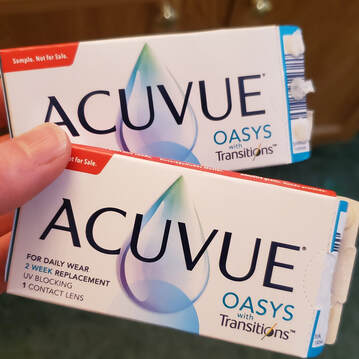 Oasys with Transitions is a 2-week replacement lens, meaning you can wear it daily for two weeks before disposal. The lens blocks high-energy blue light ranging from 380-460nm wavelengths which you may encounter from screens and outdoors. It also absorbs >99% UVB and >90% UVA. The higher the levels of light exposure, the darker the lenses will get, maxing out at about 70% outdoor light filtration. In comparison, most general purpose sunglasses filter between 60-92% of light. The lenses take less than one minute to activate when exposed to an increased light level, and can take up to 90 seconds to clear when light exposure is reduced, like when returning indoors. Even in their clearest state, these lenses are filtering about 15% of light. This low level of light filtration allows for indoor use and nighttime driving, while reducing glare from car headlights and indoor light sources. The company cites that people ages 40-65 will be most likely to notice improved vision indoors and with night driving with the inactivated lenses. Review of Lens Performance Indoor Use When wearing these lenses indoors, I didn't notice any adverse effect on my vision. Knowing they are filtering light even in their inactivated state, I wondered if they would feel too dark while indoors. This was not the case. In fact, I was surprised that I noticed the slight increase in contrast resulting in a mild improvement in vision compared to my clear contact lenses. Computer Use I did not notice any benefit or detriment to my vision during computer use, but if you are someone who finds relief from blue-blocking spectacles on the computer, you should theoretically gain a similar benefit from these lenses. Outdoor Use I wore these contacts outdoors on a bright sunny day and the lenses did begin to change fairly immediately. They didn't seem to get to their absolute darkest until closer to that one-minute mark. As they darkened, I felt a definite improvement in my eye comfort and less squinting compared to my clear contact lenses. In the direct sun, these activated lenses definitely felt better than nothing, but as expected, I still wanted my sunglasses and hat for maximum comfort and best vision. Vistakon has clearly stated that it does not intend for these contact lenses to replace sunglasses. The lens only covers a small area of the eye, extending only slightly beyond the cornea. While this protects the cornea and the inside of the eye, sunglasses will be needed to protect the sclera (white part of the eye) and eyelids (a common area for skin cancers) from UV exposure. I felt these lenses shined in times of indirect outdoor light exposure. For example, I found I was much more comfortable while outdoors in the shade (where I was getting fairly heavy UV exposure but not direct sunlight) than my clear-lens-wearing husband. When returning inside, I found the transition from the activated state to clear lenses to be seamless. They didn't feel overly dark when initially going back inside and the gradual lightening of the lens was not disruptive or noticeable. Driving These lenses will activate in the car, although it will be limited by the fact that car windshields blocks nearly 100% of UV light. You do get some UV exposure from the side windows, but I found the contacts to be basically inactivated in the car and therefore of limited benefit for driving in the bright sun. Nighttime driving was mildly improved, although fortunately for me, I do not struggle with nighttime glare on a regular basis, therefore I look forward to hearing more reviews from my patients.  Appearance on the Eye The lenses were designed to minimize change to the eyes appearance, but I found them to be pretty noticeable on my lighter colored eyes. This may not be as dramatic on people with darker irises, but because the contact lens extends beyond the iris, it does have the unusual appearance of large irises. Of course this was not very noticeable when the lenses were inactivated and much more noticeable when darkened. Lens Comfort
The comfort of these lenses were good enough. I have worn the regular clear Oasys lenses in the past and find them more comfortable than Oasys with Transitions, but I was able to wear these all day without problems. They did seem to become dry for me at the end of the day when I began feeling the edges of the lens. Of course, just like all contact lenses, these lenses should be prescribed by a professional to ensure adequate fit which results in better comfort and safety. They may not be for every one. Overall Performance They will not and should not replace sunglasses, but would be beneficial for those that have general light sensitivity, want enhanced contrast, or are in bright lighting situations where sunglasses are inappropriate or impractical. Depending on the lighting of my environment, these lenses ranged from no impact on my vision to a noticeable improvement in my vision. I never felt they were detrimental to my vision at any point. The comfort was only moderately good for me (but I do have sensitive eyes) and I was not a huge fan of their appearance in my eyes when fully activated. Overall, I enjoyed wearing these lenses. Are you wondering if these lenses could work for you? We would be happy to schedule your consultation: Call 330-343-8863. 6/6/2019 10 Comments Recycling Your Contact LensesIn order to maintain excellent eye health, it is important to change your contact lenses in regular intervals. Overwearing, overusing, and stretching your contact lenses can lead to corneal ulcers and infections, which can lead to deep corneal scarring and vision loss. You may have read some of these horror stories online and wondered, "can this really happen!?" Unfortunately, yes. I have seen patients with permanent scarring and vision loss, and even young patients in need of corneal transplants due to improper contact lens use. This is why I stress yearly corneal evaluations for my contact lens wearers and often recommend daily use contact lenses that you only wear once. This allows my patients to put a clean, sterile lens in their eyes every day. As important as it is to take care of our eye health when wearing contact lenses, we must also be aware of the proper disposal of contact lenses to reduce the adverse effects they may have on the environment. Some of my patients are rightfully concerned about the environmental impact contact lenses can have on our planet, especially when using daily disposable contact lenses every day of the year. For one individual, that's 730 contact lenses along with their packaging that is going into our waste baskets! Even worse, some of us have been known to flush our contact lenses down the toilet or sink which contributes to the micro-plastics that are polluting our oceans, sea life, and ultimately through the food chain, our bodies. DON'T WORRY! WE CAN HELP. Your contact lens boxes and cardboard packaging can be recycled with your paper products in a standard recycling bin. Make sure to check your local guidelines. What about the blister packs and the contacts themselves? Most contact lens packages are stamped "No. 5" for recycling, but remember, you would need to remove the foil packaging if you go this route. Even still, due to their small size, this plastic can get filtered out and still end up in the landfill. Fortunately, Baush & Lomb has joined with TerraCycle, an innovative recycling company that specializes in hard-to-recycle materials like the small plastics of contact lenses. We at Professional Eye Care of Tuscarawas County have chosen to become an official ONE by ONE Recycling Center! How it works: Bring your used plastic blister packs, foil tops, and contact lenses to our drop off station at 217 N. Broadway Street in New Philadelphia, Ohio. We will be happy to take care of the recycling from there! Your contact lenses, plastic blister packs, and foil tops will be shipped to TerraCycle where they can be recycled properly. 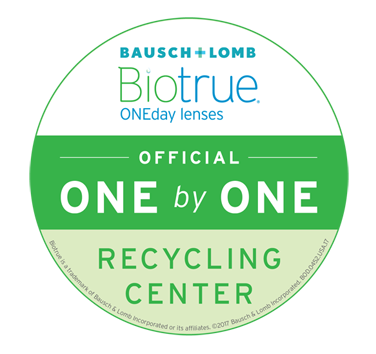 THANK YOU FOR RECYCLING. |
Dr. Rebecca Gambs, O.D.Friendly optometrist and eye blogger! Watch for educational materials, optical reviews, and more! Eye blog for you :) Archives
July 2023
Categories |
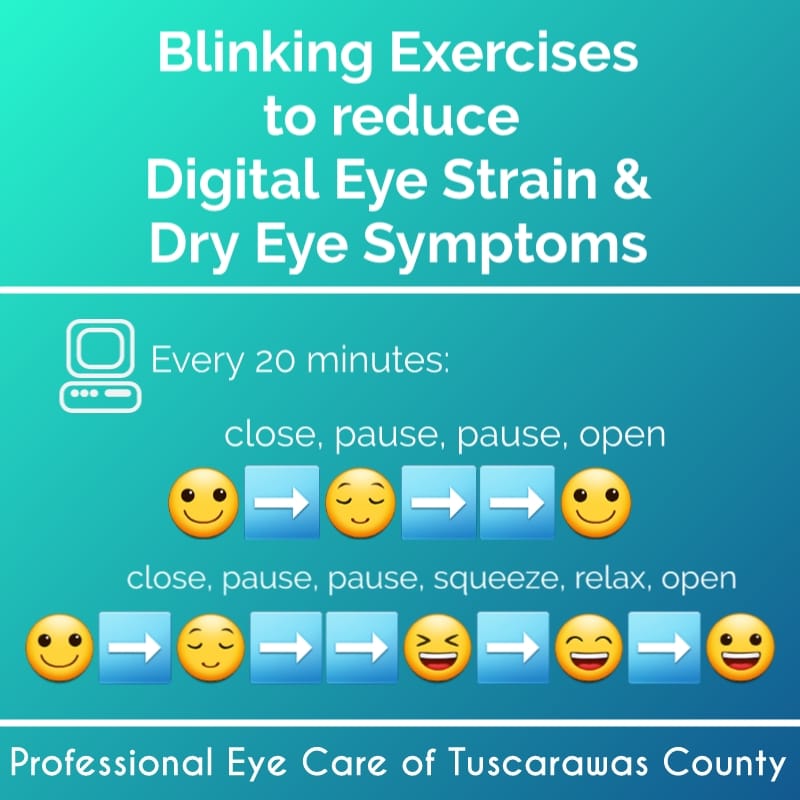

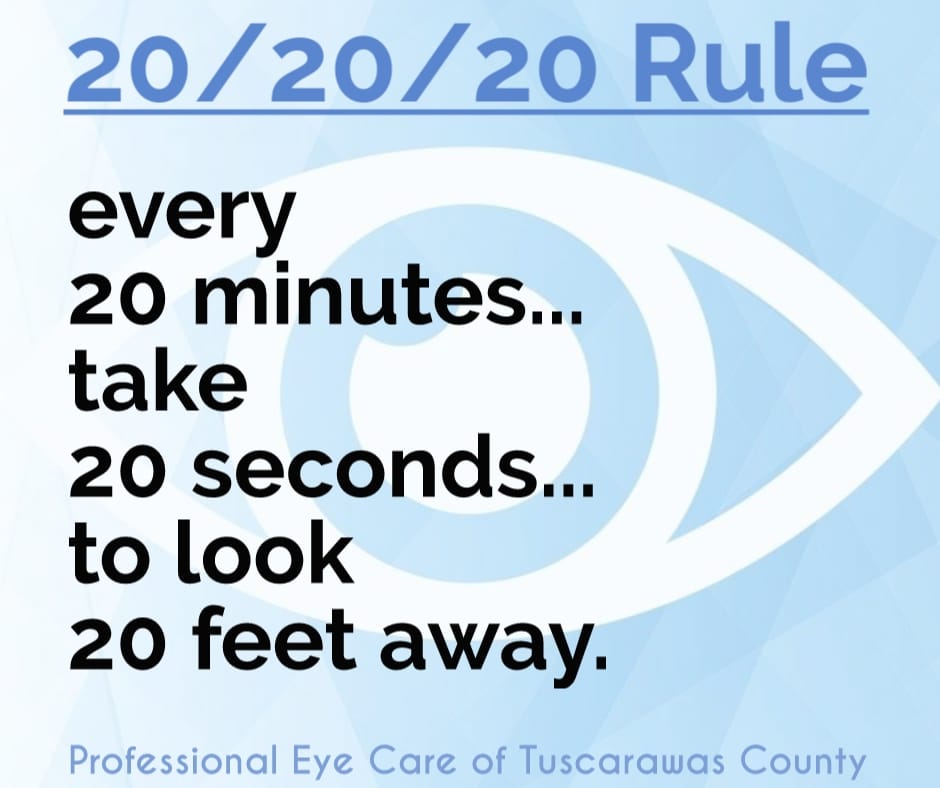
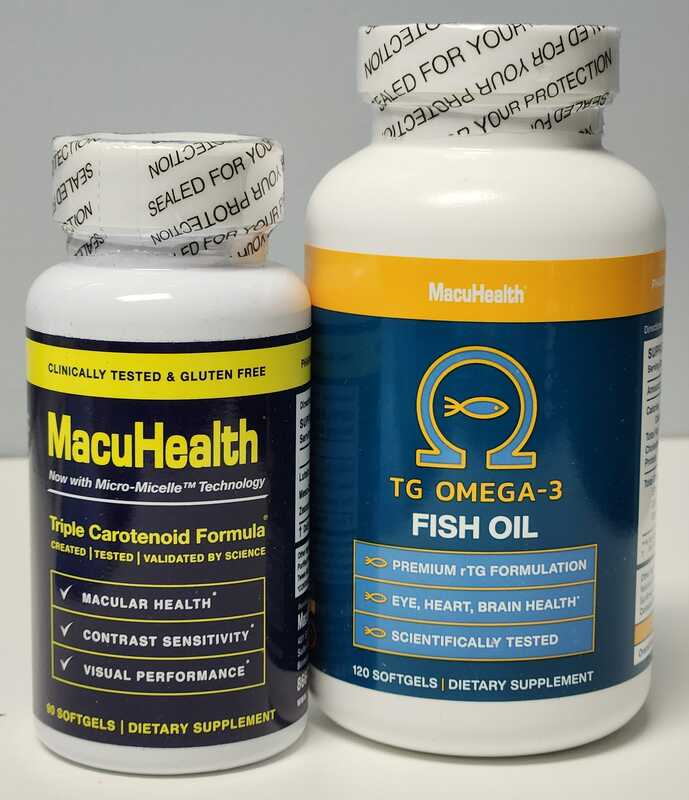
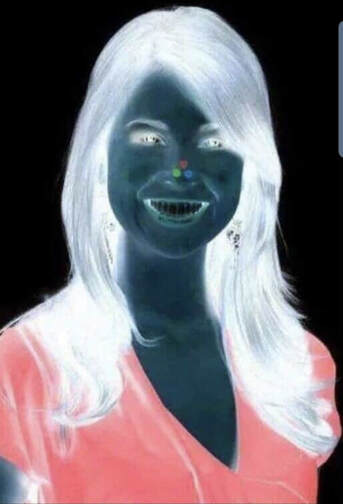


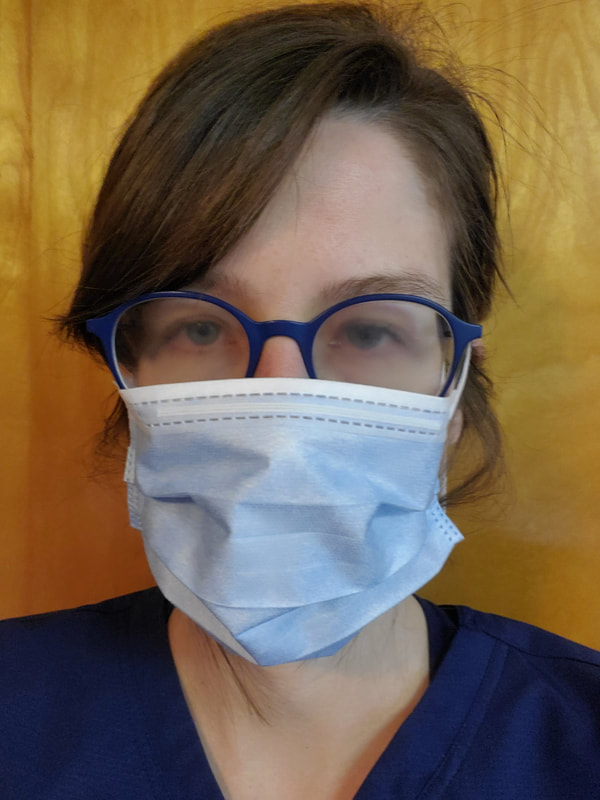
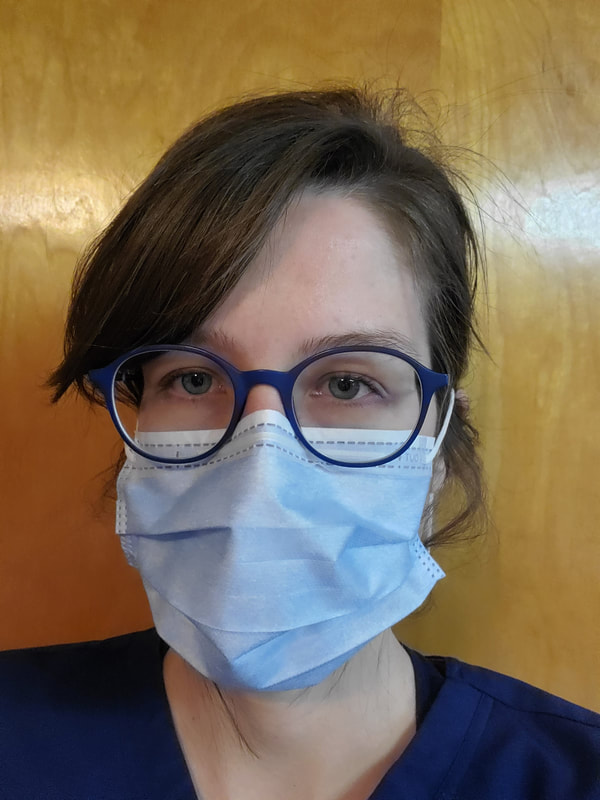
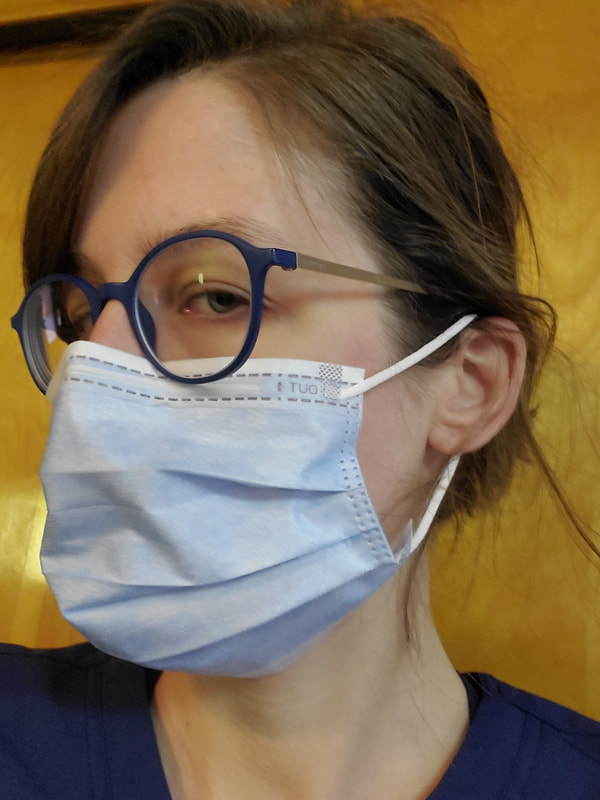
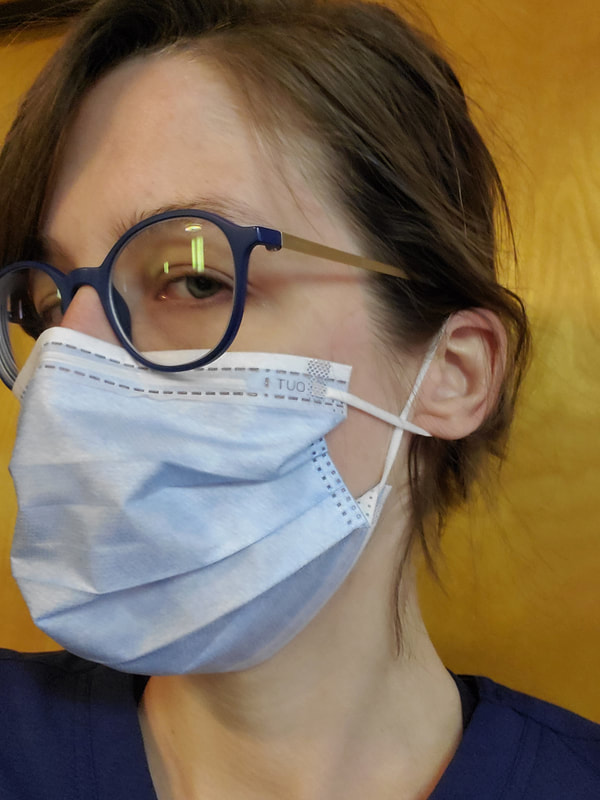
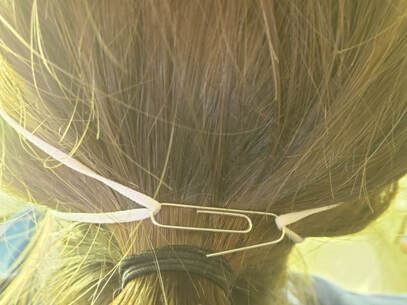
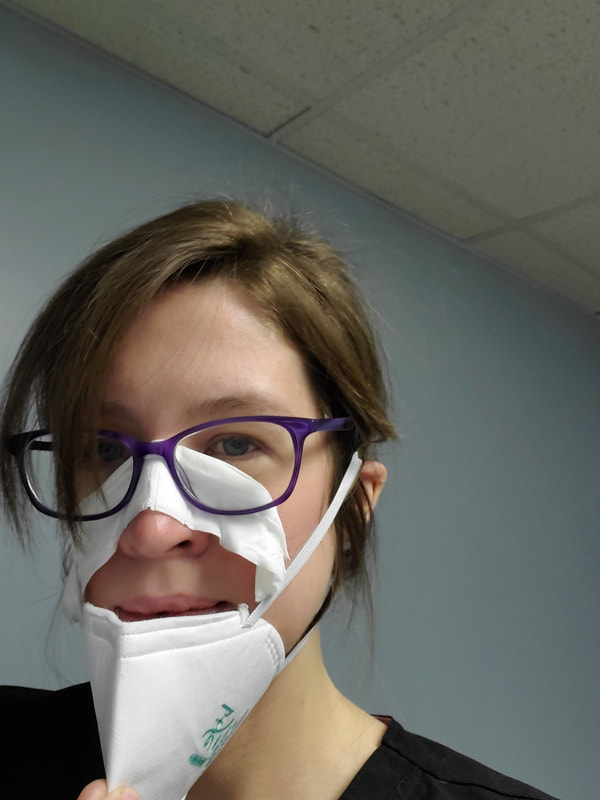
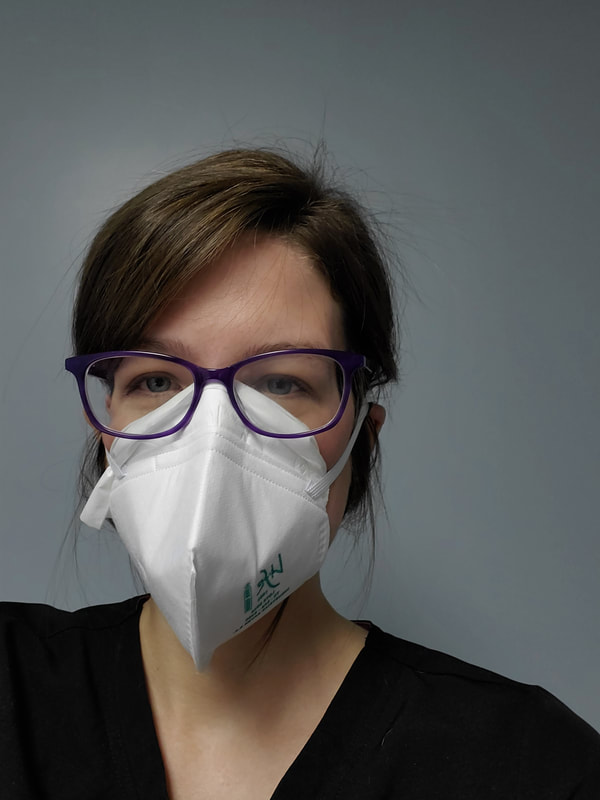
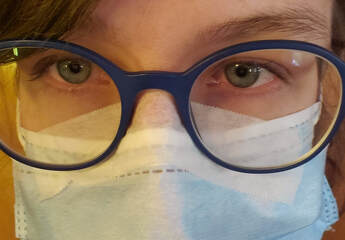
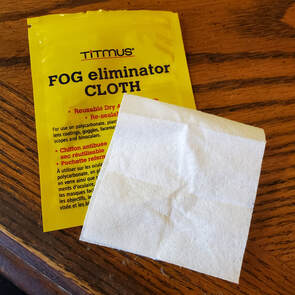
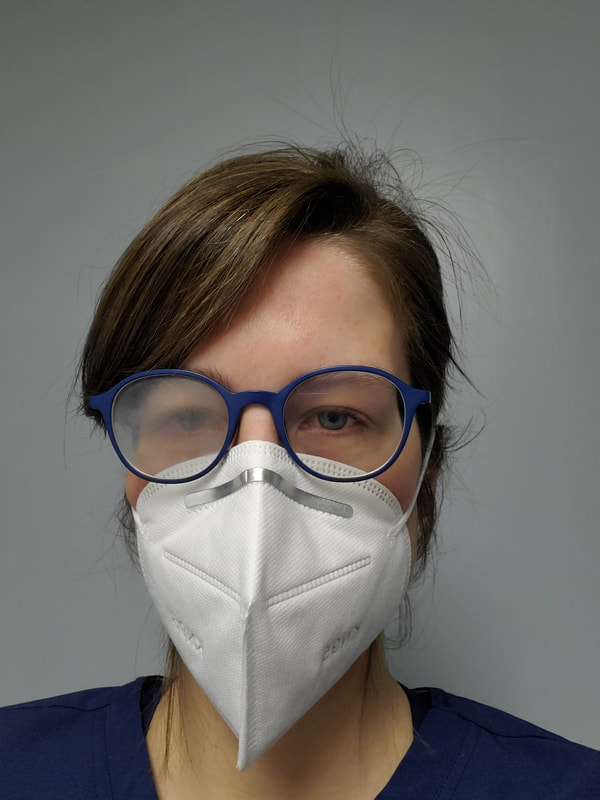
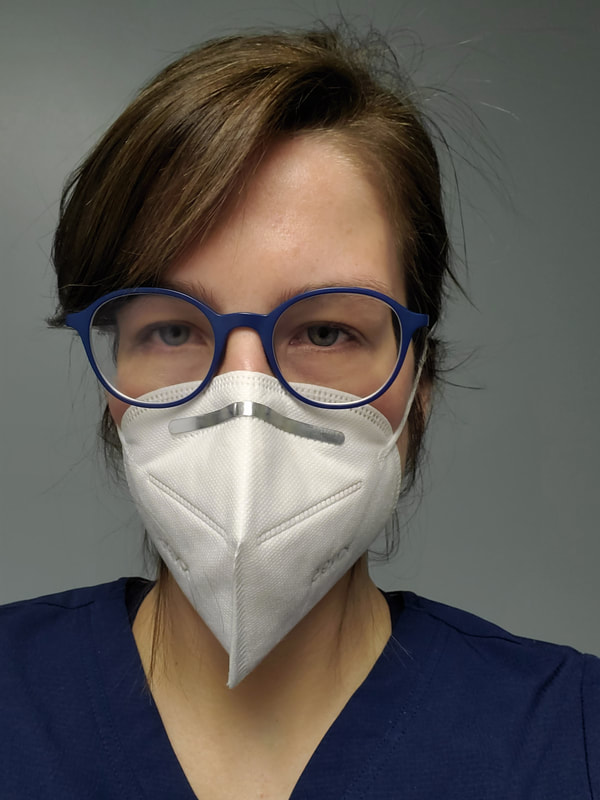
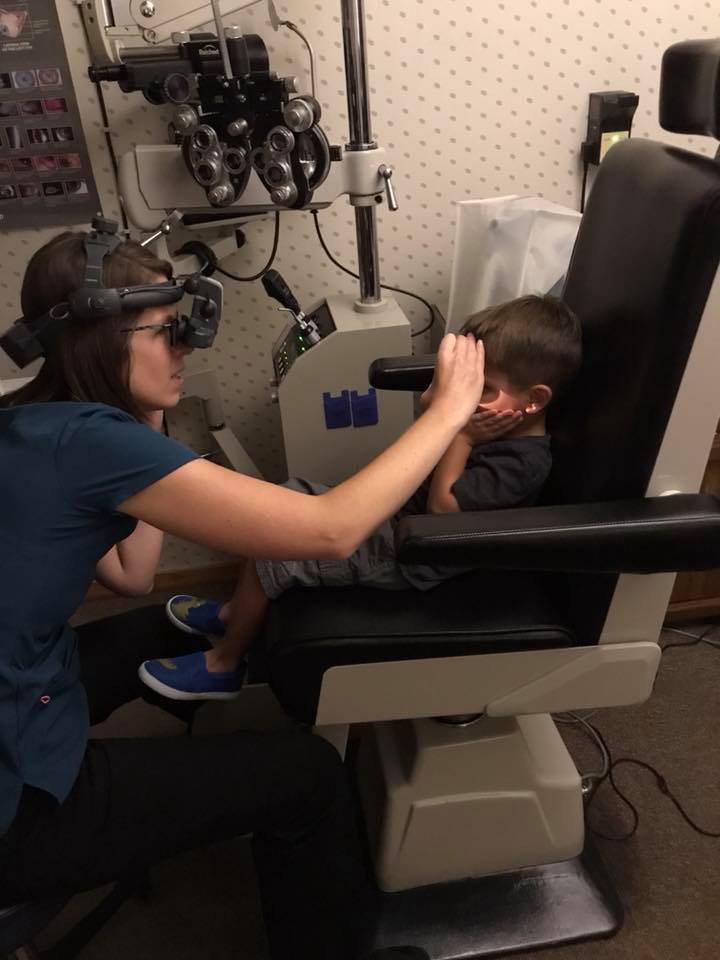
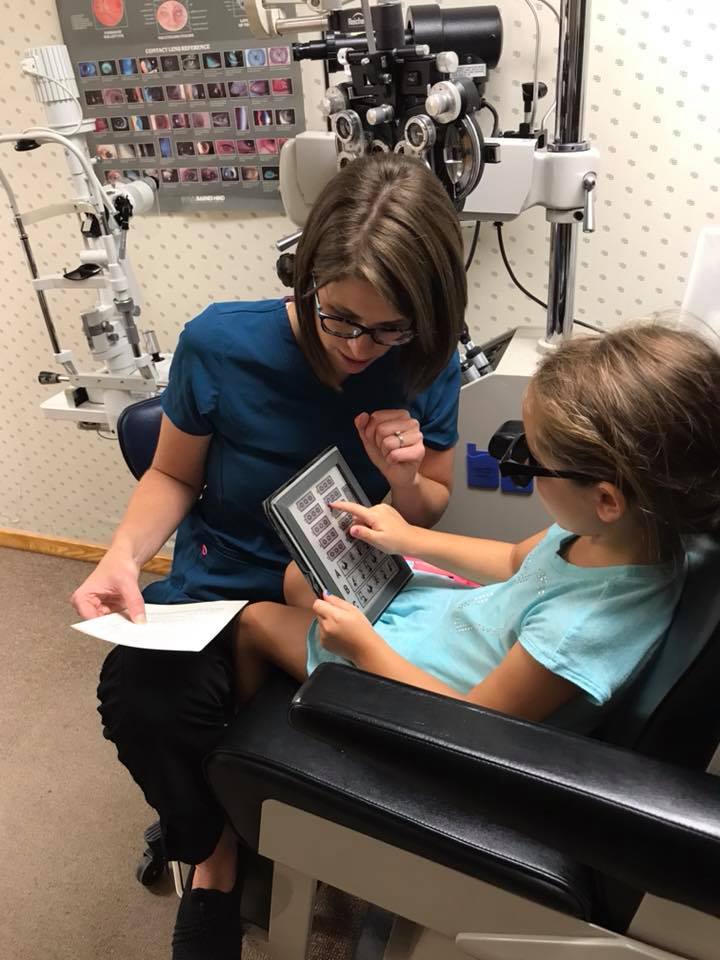
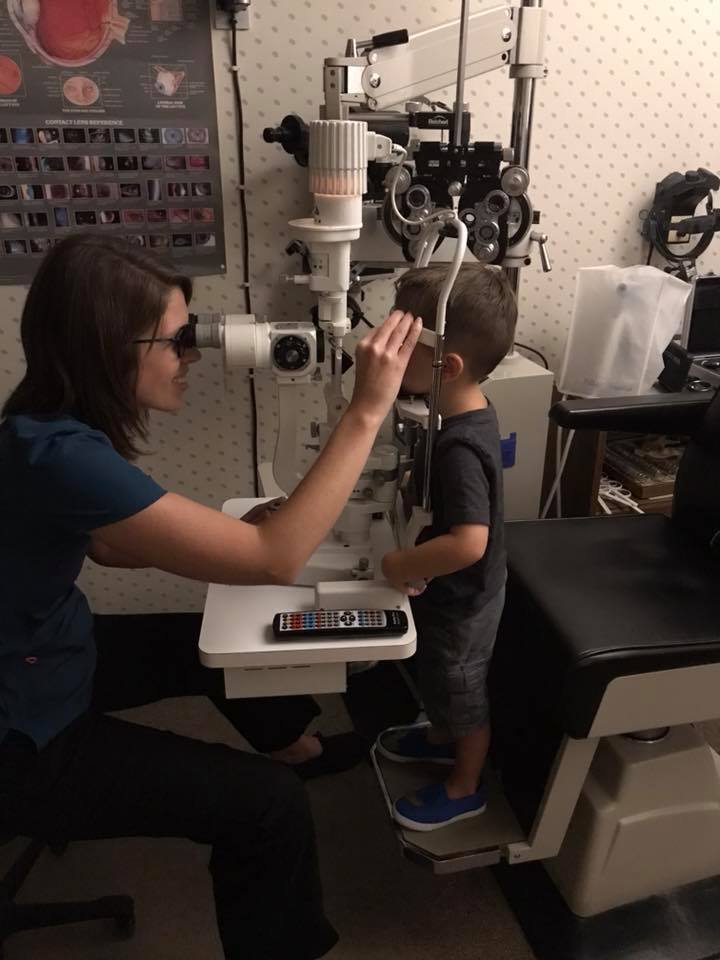

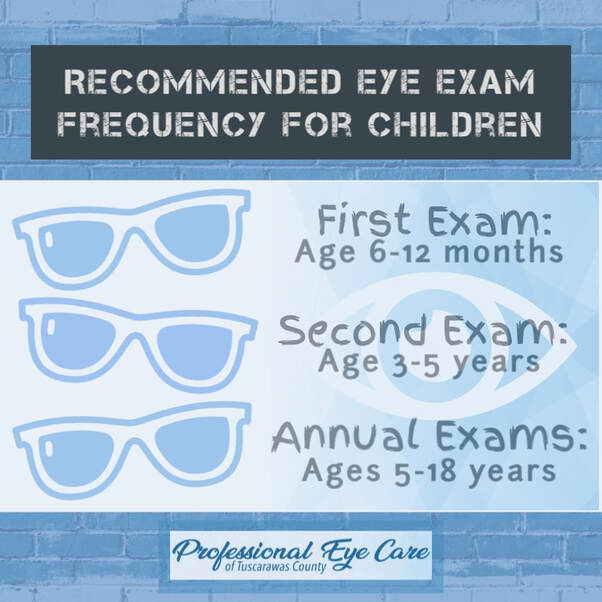
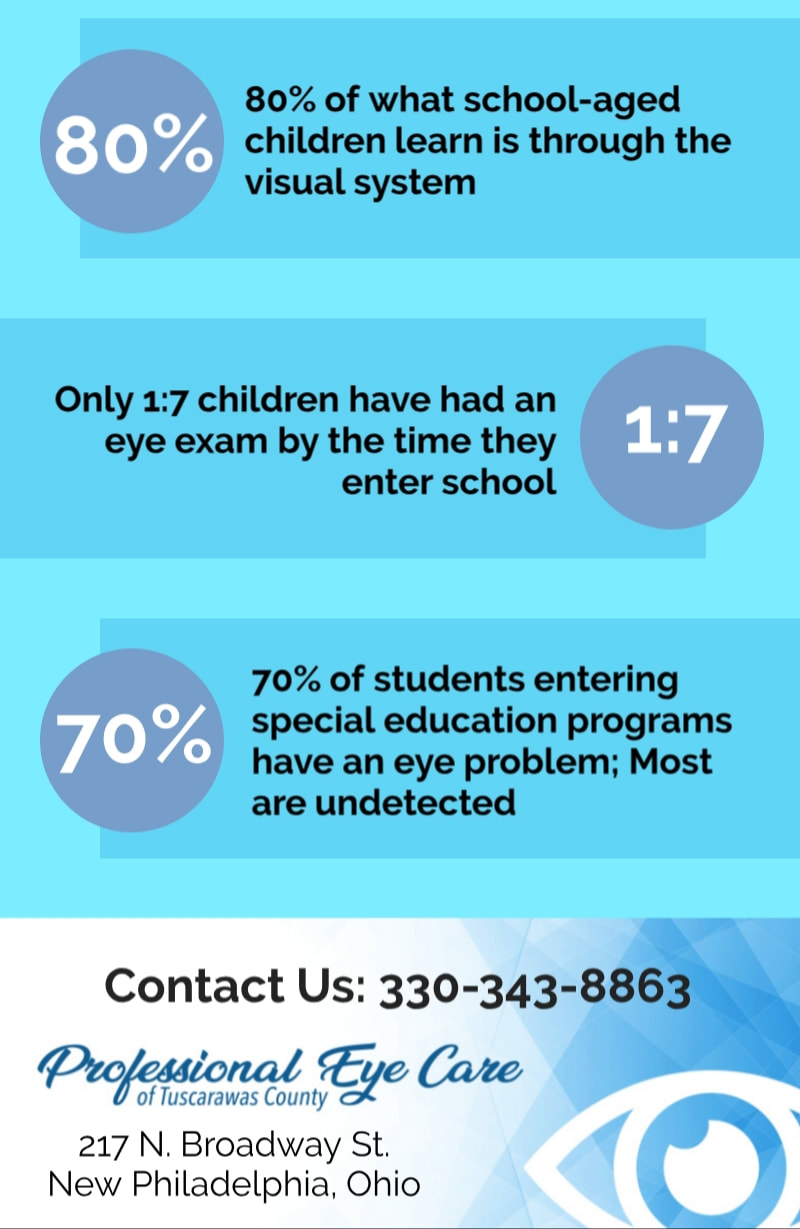
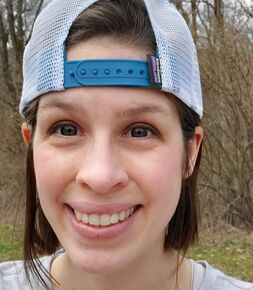

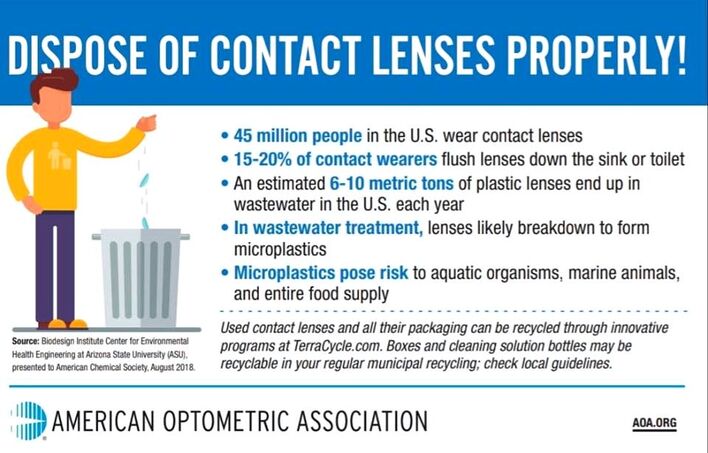
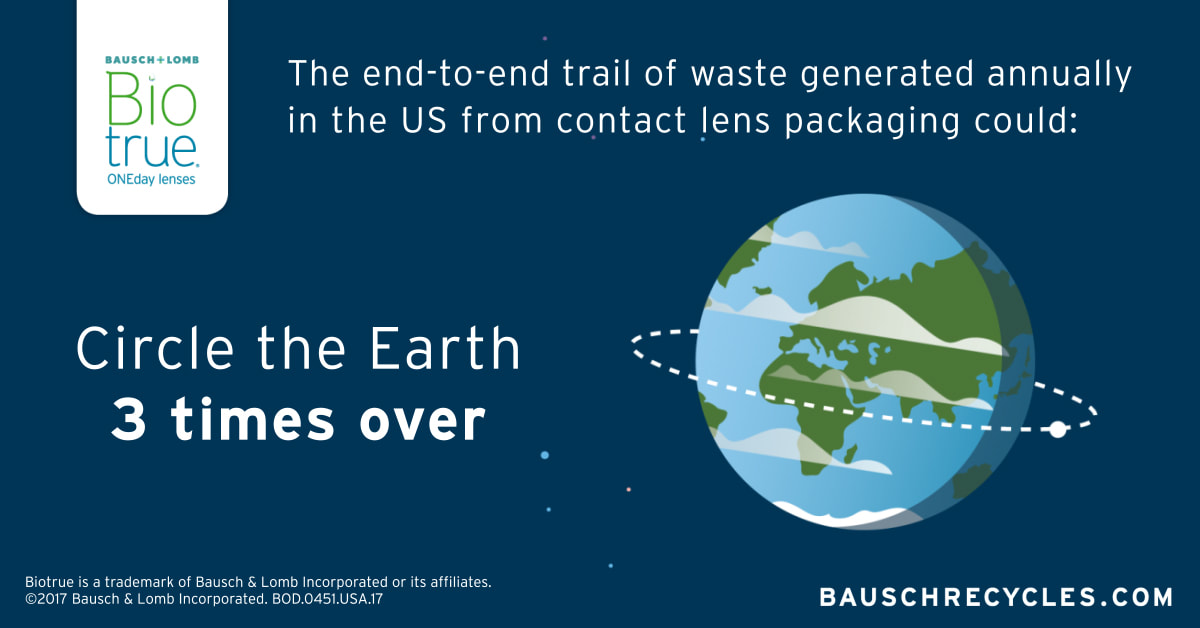
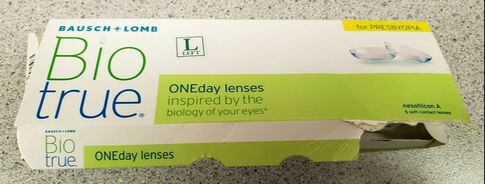


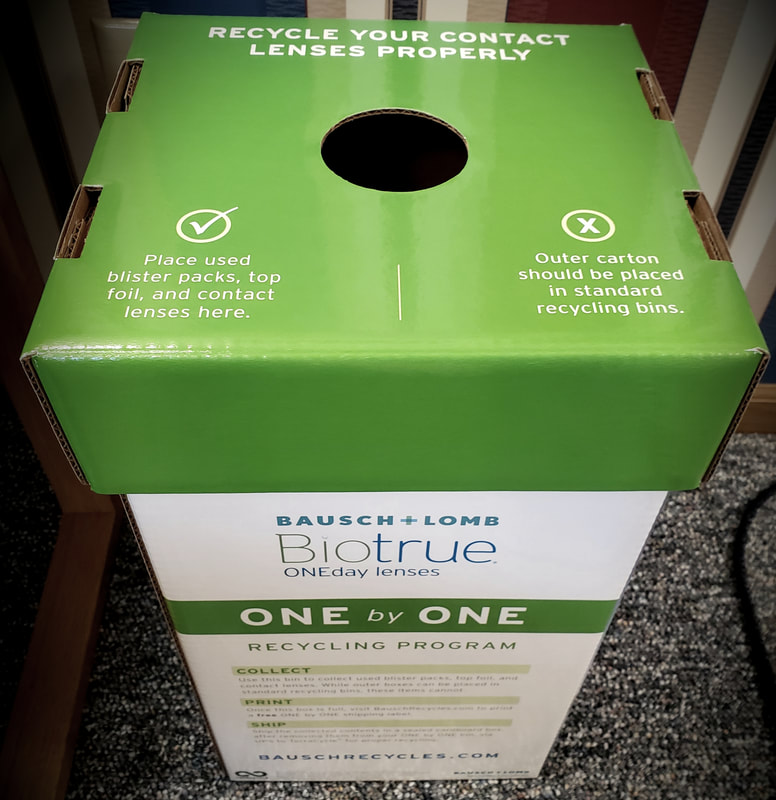
 RSS Feed
RSS Feed